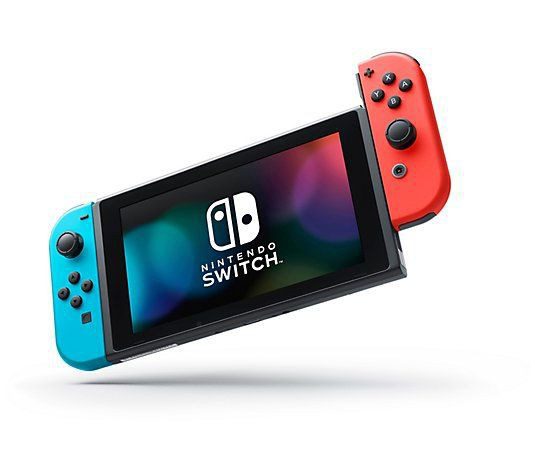Copyrights are invariably rather fascinating stuff to channel in the technology enterprise – occasionally they exemplify beliefs and developments that’ll never see the light of day, but there are events when they give evidence to forthcoming releases. A freshly disclosed US patent petition could be the latter, as it deals with the technology that could enable Nintendo to stimulate visuals in its hardware.
Unwrapped on 25th March 2020 and broadcasted publicly yesterday (30th September), the request is named ‘systems and techniques for machine-learned image mutation’, and though the introductory dialect can be a head-scratcher it is practically a suggestion identical to NVIDIA’s DLSS.
It is short for Deep Learning SuperSampling in NVIDIA’s example, which specializes on some of its GPUs to upscale image outcome and quality in real-time, while also being extremely productive and assuring that the graphics card is under the slight burden. It’s outstanding technology, and it’s been the beginning and middle in a ton of conversations about how Nintendo could generate a fresh Switch-style portable appliance that outputs elevated resolution visuals while still helping with low power output.
What makes this plea fascinating is that Nintendo is examining this internally – an appointed group on the petition is Alexandre Delattre, who is a co-founder of Nintendo European Research and Development. It’s also admitted in the ‘Introduction’ of the patent that this is a region being investigated throughout the business.
Machine learning can provide computers with the proficiency to memorize a particular assignment without expressly programming the computer for that job. One category of machine learning systems is named convolutional neural networks (CNNs)—a category of deep learning neural systems. Such formats (and other methods of machine learning) can be utilized to, for instance, support voluntary recognition of whether a kitty is in a picture. The learning talks out by utilizing thousands or millions of pictures to equip the prototype to understand when a kitten is in a portrait.
While this can be vital equipment, the resulting processing of employing an experienced prototype (and equipping the model) can however be computationally costly when deployed in a real-time setting.
Image up-conversion is a procedure that enables the transformation of pictures generated in an early resolution (e.g., 540p resolution or 960×540 with 0.5 megapixels) to an increased resolution (e.g., 1080p resolution, 1920×1080, with 2.1 megapixels). This procedure can be employed to exhibit pictures of the initial finding on a higher resolution exhibit.
Therefore, for instance, a 540p portrait can be illustrated on a 1080p TV and (relying on the essence of the up-conversion procedure) may be indicated with heightened graphical allegiance as related to if the 540p picture were exhibited immediately with conventional (e.g., linear) upscaling on a 540 TV.
Various methods for picture up-conversion can illustrate a tradeoff between momentum (e.g., how long the process for modifying a provided image) and the quality of the up-converted portrait. For instance, if a method for up-converting is conducted in real-time (e.g., such as during a video game), then the picture quality of the resulting up-converted picture may withstand.
Accordingly, it will be comprehended that recent and exceptional methods, networks, and procedures are frequently sought after in these regions of technology.
Eventually, it shouldn’t be a shock that Nintendo is studying upscaling through machine learning, as it is possibly a crucial component should the corporation opt to maintain a Switch-style form aspect while giving tremendous graphical fidelity in the end.
Whether Nintendo will still use NVIDIA technology in prospective devices is also intriguing; if it formulates its explanation it may not require NVIDIA’s DSSL equipment. Of course, hinging on what and who you understand, there are articles that 4K development components are already out in the world.

